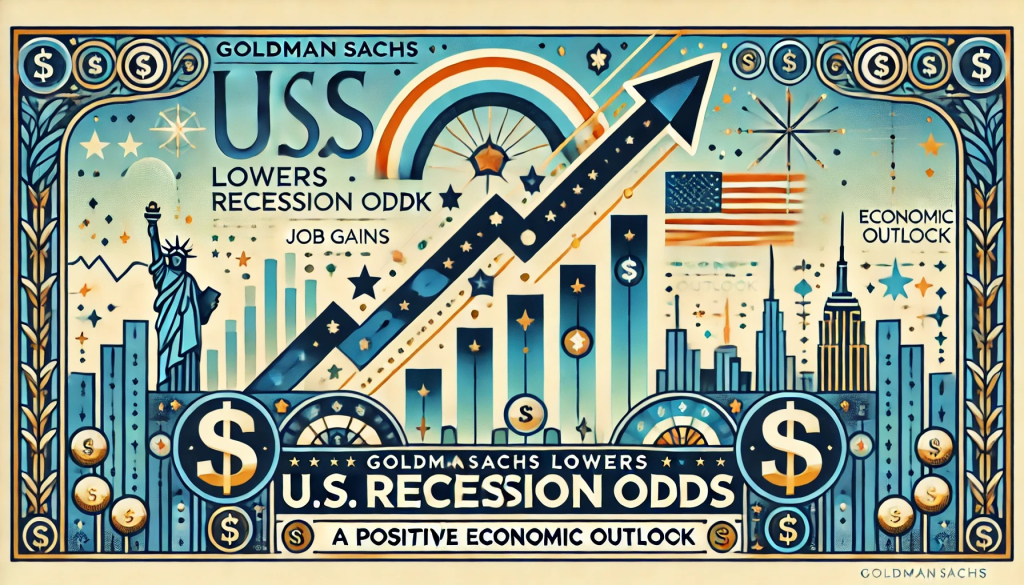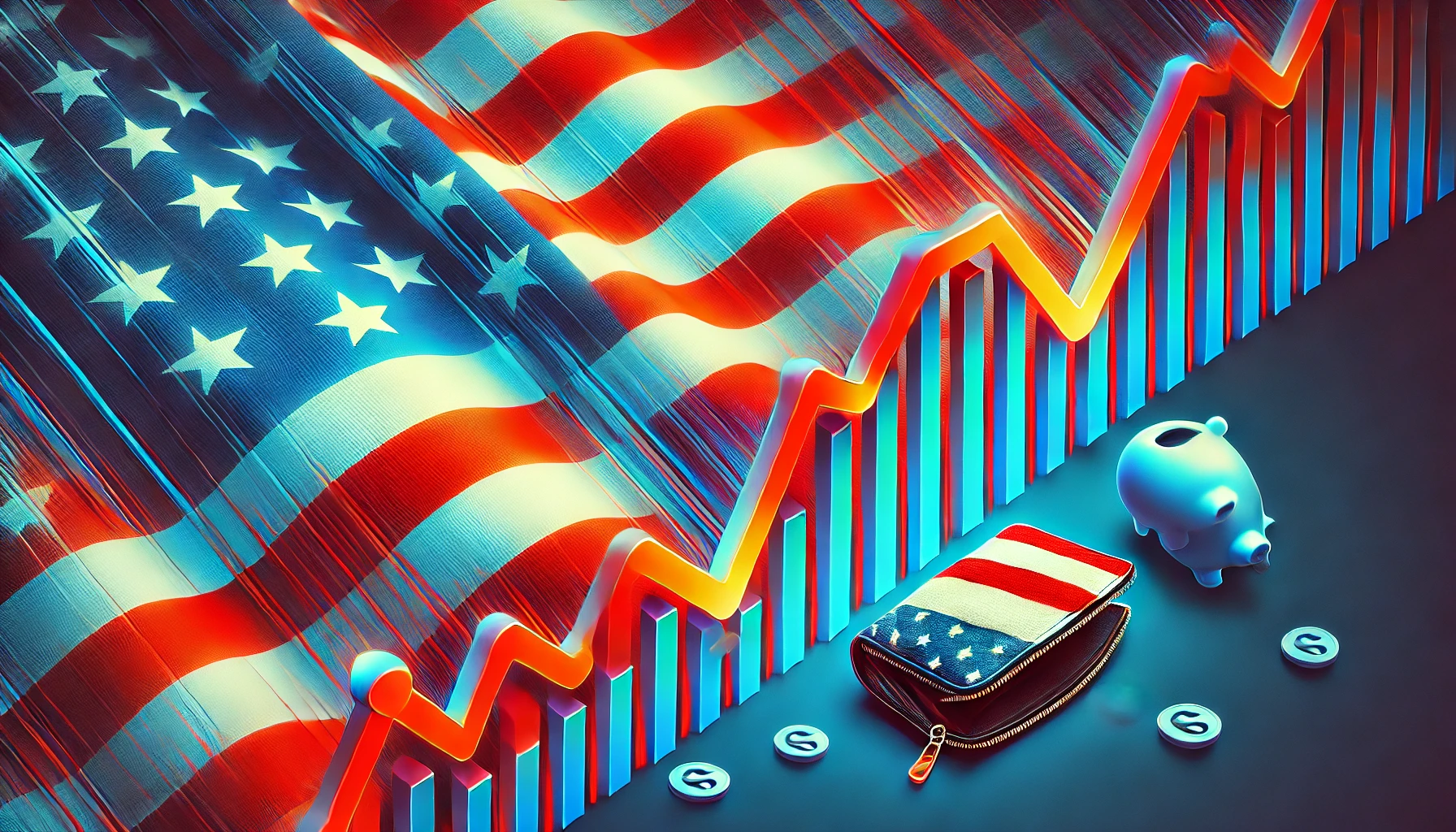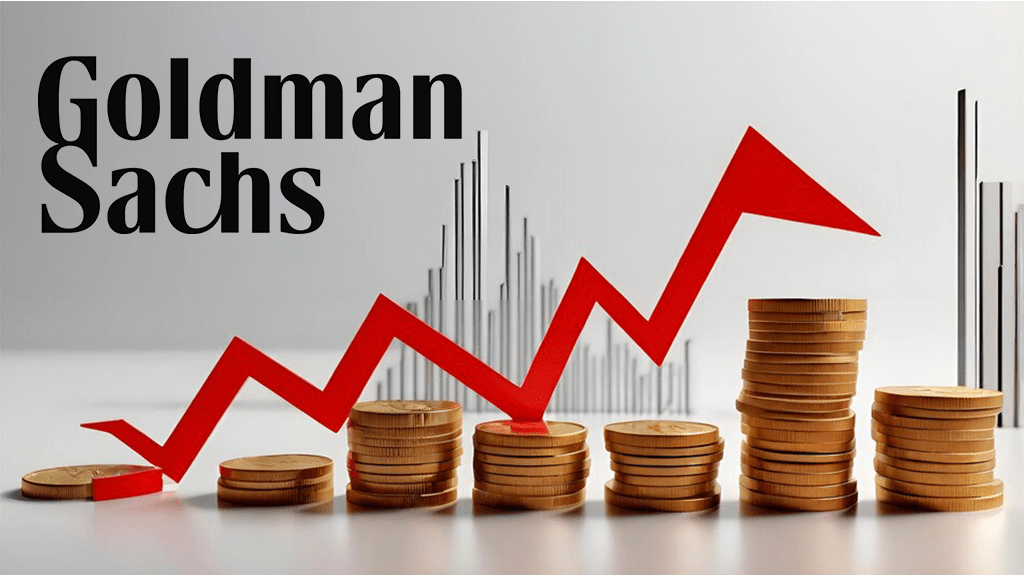In a significant shift in economic forecasts, Goldman Sachs has reduced the probability of a U.S. recession in the next year to 15%. This optimistic outlook is based on recent economic data showing stronger-than-expected job growth and consumer spending. This article delves into the factors contributing to this revised forecast, the implications for various sectors, and the broader economic context.
The Revised Forecast
Goldman Sachs, one of the leading global investment banks, has been closely monitoring the economic indicators that influence recession predictions. The decision to lower the recession probability from previous estimates is a reflection of several positive trends in the U.S. economy. According to the bank’s analysts, the resilience of the labor market and robust consumer spending are key drivers behind this optimistic outlook.
Job Growth: A Pillar of Economic Stability

One of the most encouraging signs for the U.S. economy has been the sustained job growth. The latest employment reports indicate that the U.S. economy added over 300,000 jobs in September 2024, surpassing expectations. This marks the third consecutive month of strong job gains, signaling a healthy labor market.
The sectors contributing most significantly to job growth include healthcare, technology, and hospitality. The healthcare sector, in particular, has seen a surge in hiring due to increased demand for medical services and advancements in healthcare technology. Similarly, the technology sector continues to expand, driven by innovations in artificial intelligence, cybersecurity, and software development.
Consumer Spending: The Engine of Economic Growth
Consumer spending, which accounts for approximately 70% of the U.S. GDP, has also shown remarkable strength. Retail sales data for the third quarter of 2024 revealed a 4.5% increase compared to the same period last year. This uptick in spending is attributed to several factors, including rising wages, low unemployment, and increased consumer confidence.
The retail sector has benefited from this surge in spending, with significant gains reported by both brick-and-mortar stores and e-commerce platforms. Major retailers like Walmart and Amazon have posted strong quarterly earnings, reflecting the robust consumer demand. Additionally, the automotive industry has seen a boost in sales, driven by new model releases and attractive financing options.
Inflation and Interest Rates: A Balanced Approach

While inflation remains a concern, recent data suggests that price increases are moderating. The Consumer Price Index (CPI) for September 2024 showed a year-over-year increase of 3.2%, down from the peak levels seen earlier in the year. This moderation in inflation is partly due to the Federal Reserve’s measured approach to interest rate hikes.
The Federal Reserve has raised interest rates gradually over the past year to combat inflation without stifling economic growth. The current federal funds rate stands at 4.5%, which is considered neutral territory. This balanced approach has helped to stabilize prices while maintaining economic momentum.
Corporate Earnings: A Positive Trend
Corporate earnings have also played a crucial role in shaping the economic outlook. The third-quarter earnings season has been marked by strong performances across various sectors. Companies in the technology, healthcare, and financial services sectors have reported robust earnings, driven by increased demand and operational efficiencies.
For instance, tech giants like Apple and Microsoft have posted record revenues, fueled by strong sales of their latest products and services. In the healthcare sector, companies like Pfizer and Johnson & Johnson have benefited from ongoing demand for pharmaceuticals and medical devices. Financial institutions, including Goldman Sachs itself, have reported healthy profits, supported by strong investment banking and asset management activities.
Global Economic Context
The positive outlook for the U.S. economy is also influenced by the global economic environment. While some regions are facing economic challenges, the overall global economy is showing signs of resilience. Key trading partners, including the European Union and China, have reported stable economic growth, which bodes well for U.S. exports.
Trade relations between the U.S. and its partners have remained relatively stable, with ongoing negotiations aimed at resolving trade disputes and enhancing cooperation. The recent trade agreement between the U.S. and the European Union, which focuses on reducing tariffs and promoting investment, is expected to boost economic activity on both sides of the Atlantic.
Implications for Investors

The revised recession probability has significant implications for investors. With a lower likelihood of a recession, equity markets are expected to remain buoyant. The S&P 500 and Nasdaq indices have already responded positively to the news, with gains reported across various sectors.
Investors are likely to continue favoring growth stocks, particularly in the technology and healthcare sectors. Additionally, the real estate market is expected to benefit from the positive economic outlook, with increased demand for both residential and commercial properties.
Policy Implications
The optimistic economic outlook also has implications for policymakers. The Biden administration has been focused on promoting economic growth through infrastructure investments, tax incentives, and support for small businesses. The positive economic data provides further justification for these policies and may lead to additional measures aimed at sustaining growth.
Moreover, the Federal Reserve’s approach to monetary policy will be closely watched. With inflation showing signs of moderation, the Fed may adopt a more cautious stance on future interest rate hikes. This could provide additional support for economic growth while ensuring price stability.
Challenges and Risks
Despite the positive outlook, there are still challenges and risks that could impact the economy. Geopolitical tensions, particularly in the Middle East and Eastern Europe, pose potential risks to global stability. Additionally, supply chain disruptions and labor shortages in certain industries remain concerns that could affect economic performance.
Furthermore, the ongoing debate over fiscal policy and government spending could influence economic conditions. The U.S. Congress is currently deliberating on several key pieces of legislation, including the federal budget and infrastructure funding. The outcomes of these deliberations will have a significant impact on the economic landscape.
Conclusion
Goldman Sachs’ decision to reduce the probability of a U.S. recession to 15% is a testament to the resilience and strength of the U.S. economy. Strong job growth, robust consumer spending, and a balanced approach to inflation and interest rates have all contributed to this optimistic outlook. While challenges and risks remain, the overall economic environment is conducive to sustained growth.
As investors, policymakers, and businesses navigate this landscape, the focus will be on maintaining momentum and addressing potential obstacles. The positive economic indicators provide a solid foundation for continued prosperity, and the collaborative efforts of various stakeholders will be crucial in ensuring a stable and thriving economy.

